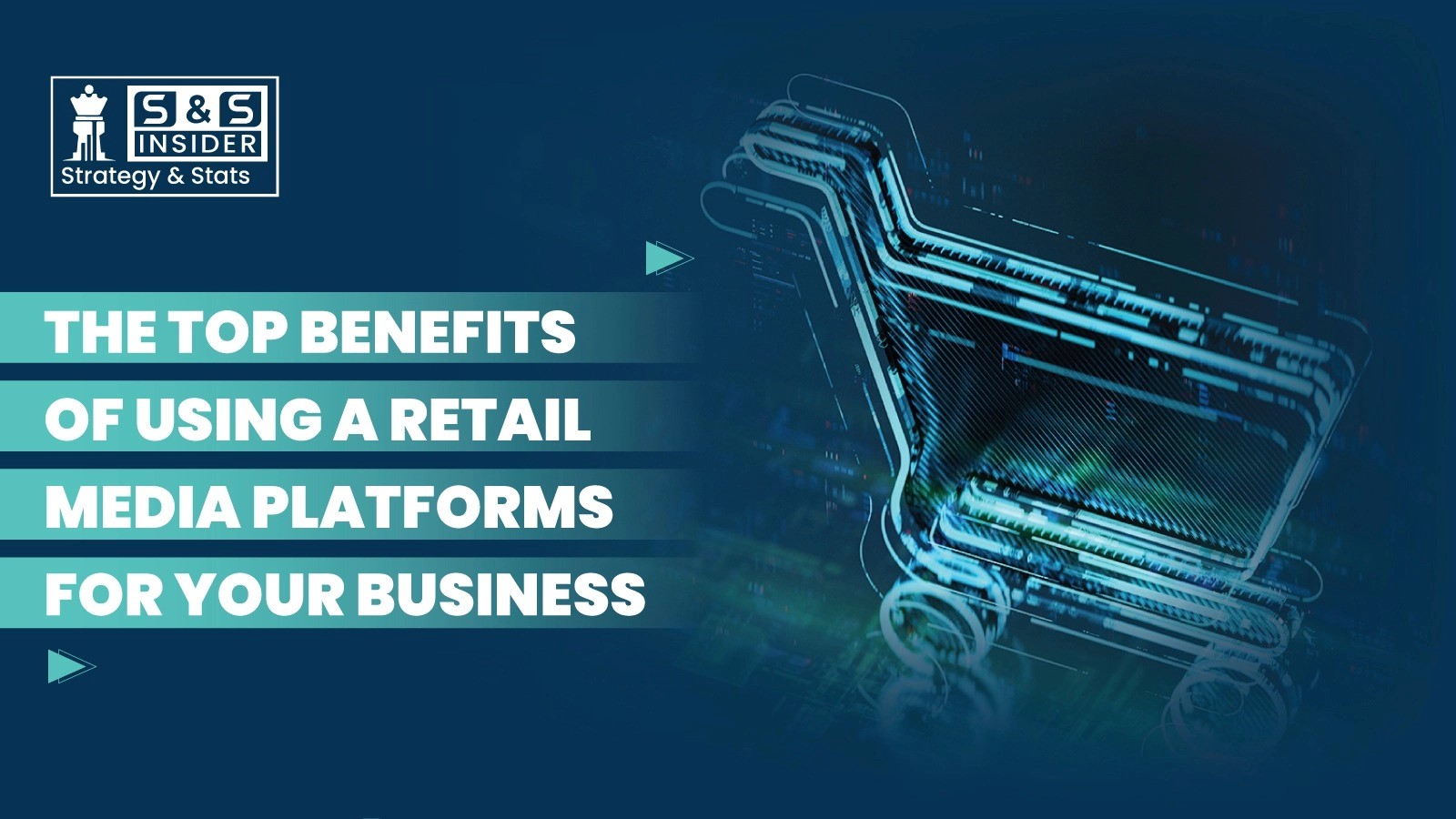
In light of the fact that all enterprises are doing their best to keep up with the changing times, the retail media platforms RMPs are becoming essential for effective advertising and making sales. These solutions enable brands to market goods through the advertisements placed on the websites and applications of the retail chains.
The retail media platform market in 2023 is estimated to be USD 16.1 billion dollars and expected to reach USD 33.7 billion in 2032. There are very limited opportunities than now to comprehend the important advantages these platforms could present to your organization.
The other benefit of retail media platforms that makes them very popular is the fact that ad campaigns can be geotargeted. Companies have access to first party data that includes information such as the buyers’ demographics, the websites they visited and what products they bought enabling the brands to prepare individual ads for each buyer. This results in the production of ads that have an increased relevance for the intended audience, can see more engagement and convert better.
To illustrate, Walmart Connect and Amazon Advertising monetize their platforms with customer data by running very specific ad campaigns. By concentrating on the consumer’s wants, the ads are served to the correct audience, within the correct time. This is very important as 72% of consumers these days require their marketing interaction to be personalized, making targeted brands key in improving interaction.
There are retail media platforms that are much more effective in reaching specific target customers than traditional advertising options like television or print advertising. As these ads on RMPs are incredibly focused and relevant to the consumers, ad spending is optimized as companies target only those consumers with the highest likelihood of conversion. It improves the return on investments (ROI), most of the time reducing penetration costs that come with broader approaches to campaigns.
Apart from the advantage of low prices, RMPs offer tracking of results while the ad is running, thus it is possible to make the changes very rapidly. Whether you need to adjust your ad copy or modify your audience segmentation, RMPs allow for flexibility, ensuring that your marketing spend is being used efficiently.
Enhanced sales visibility is one of the other major advantages of using retail media platforms. Ads can be served in important stages of the consumer journey with exclusive placements of the products like on category pages and the checkout page. This enhances the chances of your products reaching in-market customers, improving the probability of conversion success.
As the e-commerce market grows with more speed than ever, especially after the pandemic, the needs for good online ads have also been growing. Retail media platforms allow businesses to engage consumers at the most critical moments, which leads to improved conversion rates and sales.
The retail media platform is not only for advertisements; it also further improves the customers’ experience surface. By targeting appropriate advertisements to the right consumers, RMPs help to provide an optimal level of experience across all stages of shopping irrespective of the consumer’s level of interest. Whether a customer is browsing online or using a retailer’s app, personalized ads ensure that they see products that align with their tastes and needs.
This marketing strategy helps customers recognize their value and enhances their loyalty to the brand. While some customers may explore options for improved shopping experiences, this period also fosters stronger relationships, resulting in repeat business and ultimately driving further growth.
Retail media platforms enable interactions with the consumers in the digital and traditional domains. As companies make an effort to further blur the lines between the online and offline worlds customers are more likely to be reached at more than one stage of interaction with a product. For instance, some consumers may target an ad about a product just to buy it later at a physical store or the other way.
This omni-channel approach improves brand visibility and keeps businesses connected with their audience across different shopping experiences. By offering a cohesive experience, businesses can increase customer retention and satisfaction.
Retail media platforms provide access to a wealth of data that can help businesses optimize their marketing strategies. Through advanced data analytics and artificial intelligence (AI), businesses can gain insights into customer behavior, preferences, and ad performance. This data allows brands to make informed decisions on how to allocate their marketing budget and optimize their campaigns for better results.
For example, real-time data allows businesses to track which ads are performing well and adjust their strategies accordingly. By analyzing this data, brands can refine their targeting, improve ad placements, and ultimately drive higher ROI.
Retail media platforms offer a powerful solution for businesses looking to boost their visibility, increase sales, and optimize their advertising spend. With targeted ads, improved customer experiences, and real-time data insights, RMPs provide a cost-effective way to reach the right audience and drive growth.
As the retail media market continues to expand, investing in these platforms can position your business for success in the increasingly digital shopping landscape. Connect with us for a detailed report.
Hi! Click one of our member below to chat on Phone